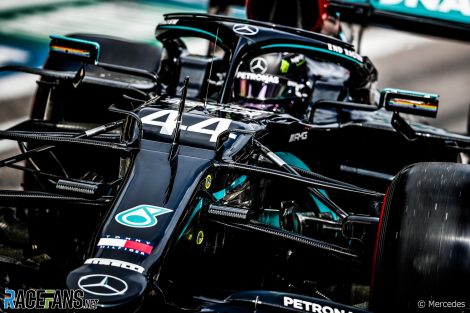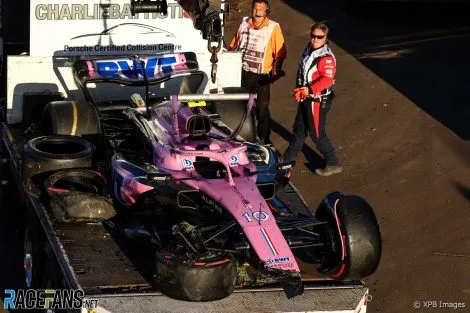All three drivers emerged unscathed from their huge crash at the start of Sunday’s Monaco Grand Prix, which prompted the first sighs of relief.
Then came the second, from Kevin Magnussen, who appeared in grave danger of carrying the blame for the collision and collecting a penalty.
That could have been disastrous for the Haas driver, who already has 10 penalty points on his licence, and will receive an automatic ban if he collects two more.
On the face of it, the stewards’ decision not to penalise Magnussen is surprising. The fact such a major crash did not prompt an investigation at all is even more questionable as Sergio Perez, whom Magnussen tipped into a barrier, observed.
Of the two drivers who triggered the collision, Magnussen was inarguably the best-placed to avoid it, as he was the one attempting the pass and had full view of Perez’s Red Bull. Whether Perez should have allowed Magnussen more room on the winding run up Beau Rivage is the issue at stake. We can only assume the stewards considered him at least as responsible as Magnussen.
It’s not unusual for the stewards to take a more lenient stance on collisions which happen after a standing start. Still, Esteban Ocon was not spared a penalty for tangling with his team mate further around the same lap. Again, as there was no investigation we can only guess at the stewards’ reasoning.
What is clear is Magnussen should consider himself extremely fortunate. Of his 10 penalty points, seven were issued for three separate collisions involving other drivers: Alexander Albon at Jeddah, Yuki Tsunoda at Shanghai and Logan Sargeant at Miami. The latter incident bore the closest similarities to Sunday’s collision – the stewards penalised Magnussen after ruling he wasn’t far enough alongside Sargeant that the Williams driver should have left him space.
Advert | Become a RaceFans supporter and
The FIA introduced F1’s penalty points system 10 years ago. It was partly a response to a decision by the stewards at the 2012 Belgian Grand Prix to ban Romain Grosjean for one race for causing a multi-car collision at the first corner. The justification was that Grosjean had been involved in other smaller incidents on previous occasions, and having a system which tracked drivers’ misdemeanours during a season could prompt them to change their approach accordingly.

It may…
Click Here to Read the Full Original Article at RaceFans…

